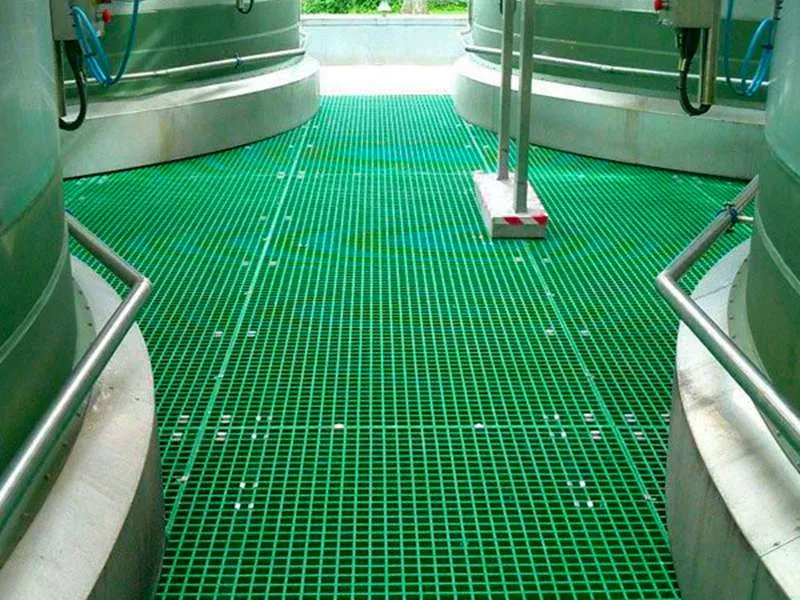
-
 Afrikaans
Afrikaans -
 Albanian
Albanian -
 Amharic
Amharic -
 Arabic
Arabic -
 Armenian
Armenian -
 Azerbaijani
Azerbaijani -
 Basque
Basque -
 Belarusian
Belarusian -
 Bengali
Bengali -
 Bosnian
Bosnian -
 Bulgarian
Bulgarian -
 Catalan
Catalan -
 Cebuano
Cebuano -
 China
China -
 China (Taiwan)
China (Taiwan) -
 Corsican
Corsican -
 Croatian
Croatian -
 Czech
Czech -
 Danish
Danish -
 Dutch
Dutch -
 English
English -
 Esperanto
Esperanto -
 Estonian
Estonian -
 Finnish
Finnish -
 French
French -
 Frisian
Frisian -
 Galician
Galician -
 Georgian
Georgian -
 German
German -
 Greek
Greek -
 Gujarati
Gujarati -
 Haitian Creole
Haitian Creole -
 hausa
hausa -
 hawaiian
hawaiian -
 Hebrew
Hebrew -
 Hindi
Hindi -
 Miao
Miao -
 Hungarian
Hungarian -
 Icelandic
Icelandic -
 igbo
igbo -
 Indonesian
Indonesian -
 irish
irish -
 Italian
Italian -
 Japanese
Japanese -
 Javanese
Javanese -
 Kannada
Kannada -
 kazakh
kazakh -
 Khmer
Khmer -
 Rwandese
Rwandese -
 Korean
Korean -
 Kurdish
Kurdish -
 Kyrgyz
Kyrgyz -
 Lao
Lao -
 Latin
Latin -
 Latvian
Latvian -
 Lithuanian
Lithuanian -
 Luxembourgish
Luxembourgish -
 Macedonian
Macedonian -
 Malgashi
Malgashi -
 Malay
Malay -
 Malayalam
Malayalam -
 Maltese
Maltese -
 Maori
Maori -
 Marathi
Marathi -
 Mongolian
Mongolian -
 Myanmar
Myanmar -
 Nepali
Nepali -
 Norwegian
Norwegian -
 Norwegian
Norwegian -
 Occitan
Occitan -
 Pashto
Pashto -
 Persian
Persian -
 Polish
Polish -
 Portuguese
Portuguese -
 Punjabi
Punjabi -
 Romanian
Romanian -
 Russian
Russian -
 Samoan
Samoan -
 Scottish Gaelic
Scottish Gaelic -
 Serbian
Serbian -
 Sesotho
Sesotho -
 Shona
Shona -
 Sindhi
Sindhi -
 Sinhala
Sinhala -
 Slovak
Slovak -
 Slovenian
Slovenian -
 Somali
Somali -
 Spanish
Spanish -
 Sundanese
Sundanese -
 Swahili
Swahili -
 Swedish
Swedish -
 Tagalog
Tagalog -
 Tajik
Tajik -
 Tamil
Tamil -
 Tatar
Tatar -
 Telugu
Telugu -
 Thai
Thai -
 Turkish
Turkish -
 Turkmen
Turkmen -
 Ukrainian
Ukrainian -
 Urdu
Urdu -
 Uighur
Uighur -
 Uzbek
Uzbek -
 Vietnamese
Vietnamese -
 Welsh
Welsh -
 Bantu
Bantu -
 Yiddish
Yiddish -
 Yoruba
Yoruba -
 Zulu
Zulu
frp flange and blind
Understanding FRP Flanges and Blinds A Comprehensive Overview
Fiber Reinforced Polymer (FRP) has become increasingly popular in various industrial applications due to its exceptional properties, which include high strength-to-weight ratio, corrosion resistance, and durability. Among the crucial components fabricated from FRP are flanges and blinds, which play significant roles in the construction and maintenance of piping systems.
What are FRP Flanges?
FRP flanges are flat components utilized to connect two sections of piping. They facilitate a strong, leak-proof joint that can withstand significant pressure and temperatures. The use of FRP in flange production offers enhanced resistance to chemical attacks, making them ideal for environments where traditional materials like metals could fail.
The manufacturing of FRP flanges typically involves a process called filament winding or resin transfer molding, where fiberglass and resin are combined to create a composite that is both lightweight and strong. These flanges can be produced in various shapes and sizes, tailored to meet specific project requirements.
Advantages of FRP Flanges
1. Corrosion Resistance One of the most significant advantages of FRP flanges is their resistance to corrosive substances. Unlike metal flanges, which may rust or corrode in harsh environments, FRP flanges maintain their integrity even in extreme conditions.
2. Lightweight FRP is considerably lighter than steel or aluminum, making installation easier and reducing the overall weight of piping systems. This lightweight property is particularly beneficial in applications where loads are a concern.
frp flange and blind

3. Cost-Effectiveness Although the initial investment in FRP components might be higher than traditional materials, the long-term savings in maintenance and replacement costs make them a cost-effective choice in the long run.
4. Thermal Insulation FRP flanges provide better thermal insulation compared to metals, helping to maintain the temperature of the substances being transported and improving energy efficiency.
What are FRP Blinds?
FRP blinds, also known as blind flanges, serve as closure devices for the ends of pipes. They are particularly useful in scenarios where a section of the piping system needs to be sealed off for maintenance or inspection purposes. Like FRP flanges, blinds are designed to withstand intense pressure and harsh environments.
Applications of FRP Flanges and Blinds
The applications of FRP flanges and blinds are extensive, particularly in industries such as chemical processing, water treatment, pharmaceuticals, and oil and gas. Any facility requiring robust piping solutions that can resist corrosion and operate under severe conditions can benefit from the use of these components.
In summary, the integration of FRP flanges and blinds into piping systems offers a multitude of advantages, including superior strength, chemical resistance, and lightweight properties. As industries continue to seek innovative solutions that enhance efficiency and reduce maintenance costs, FRP components are becoming increasingly indispensable. Adopting FRP technology can provide organizations with a competitive edge, ensuring long-term sustainability and reliability in their operations. Consequently, understanding the benefits and applications of FRP flanges and blinds is essential for engineers, planners, and facility managers alike, as they navigate the complexities of modern industrial requirements.
Latest news
-
Exploring the Benefits of Top Hammer Drifter Rods for Enhanced Drilling PerformanceNewsJun.10,2025
-
High-Precision Fiberglass Winding Machine for GRP/FRP Pipe Production – Reliable & Efficient SolutionsNewsJun.10,2025
-
FRP Pipes & Fittings for Shipbuilding - Corrosion-Resistant & LightweightNewsJun.09,2025
-
Premium FRP Flooring Solutions Durable & Slip-ResistantNewsJun.09,2025
-
Premium Fiberglass Rectangular Tanks Durable & Lightweight SolutionNewsJun.09,2025
-
Tapered Drill String Design Guide Durable Performance & UsesNewsJun.09,2025









